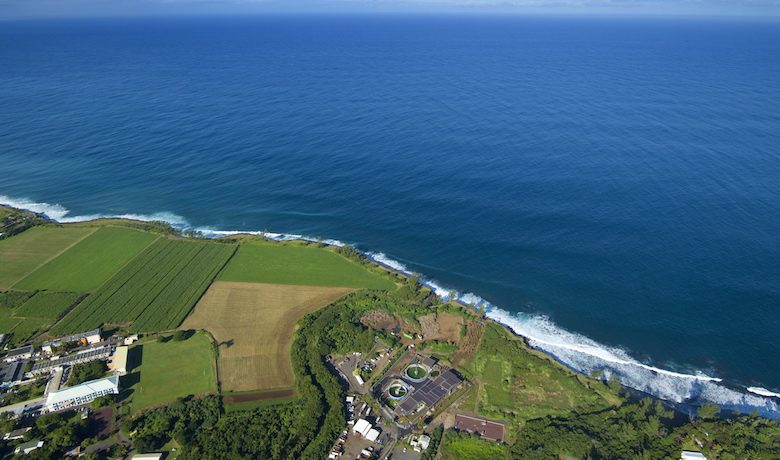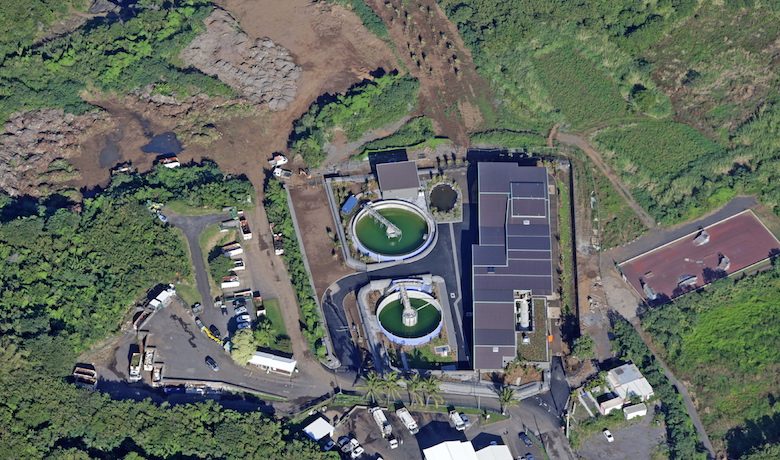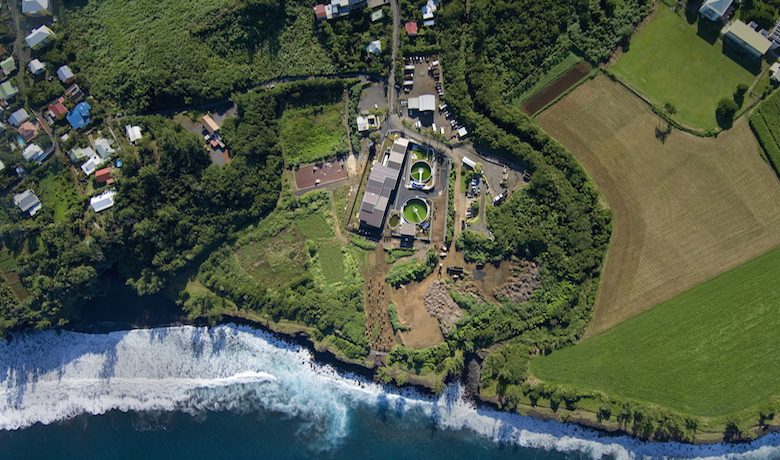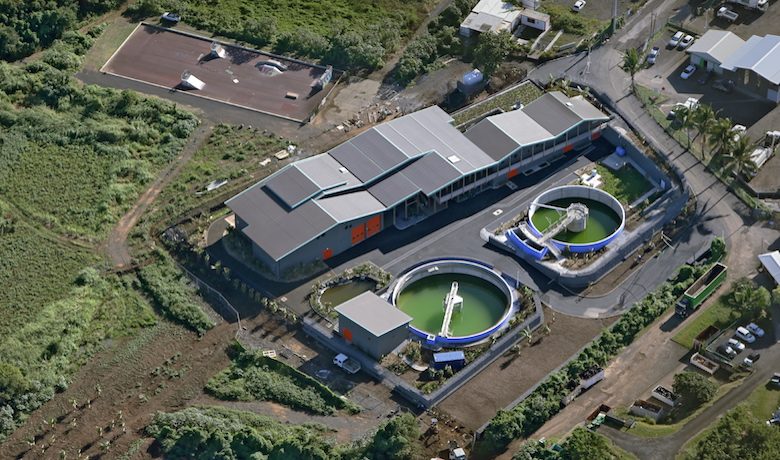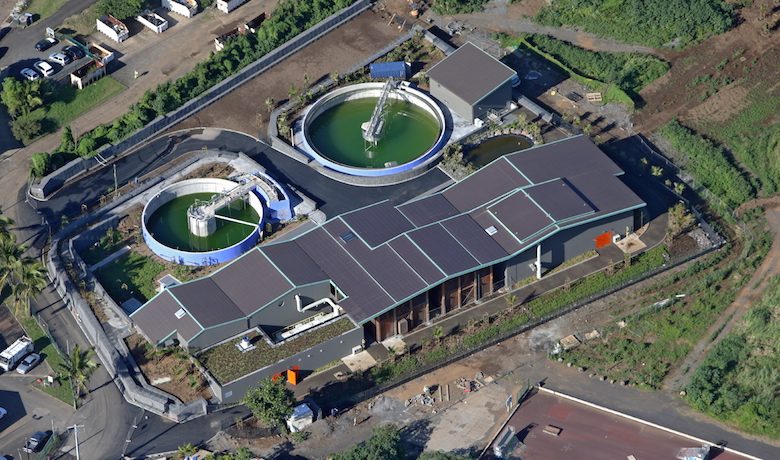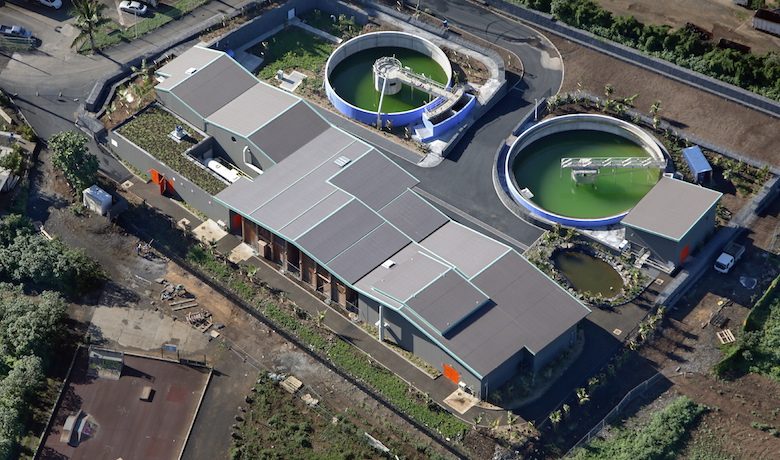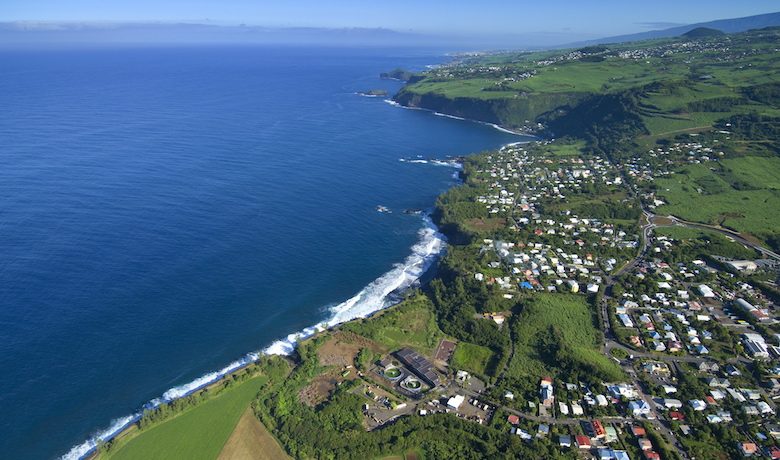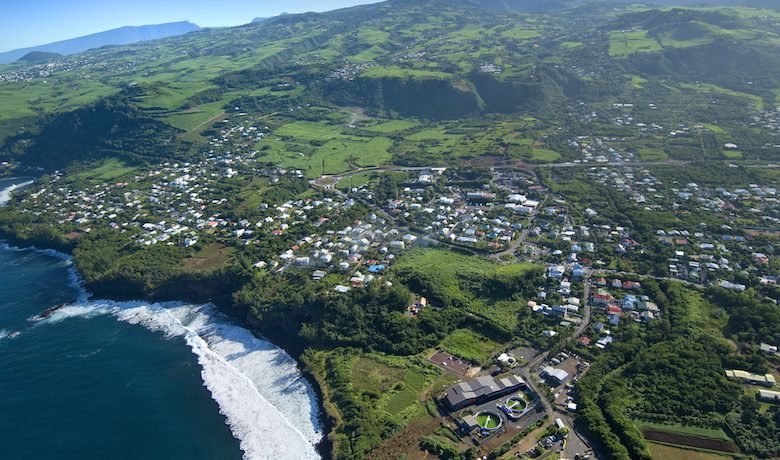Wastewater treatment plant
We built a wastewater treatment plant in the commune of Saint Joseph on Reunion Island for Communauté d’Agglomération du Sud (CASUD).
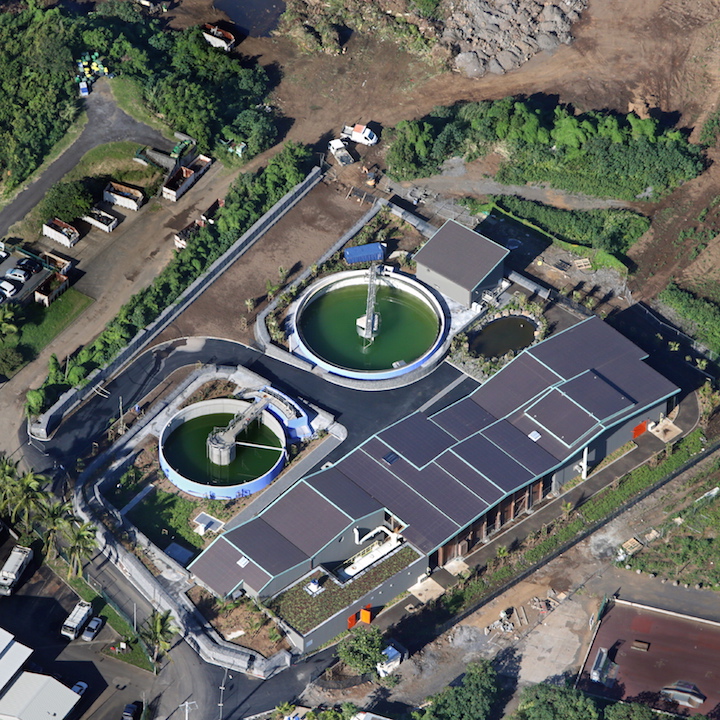
TECHNICAL OVERVIEW
Works included building a new wastewater treatment plant and the implementation of an activated sludge treatment process. Tertiary treatment by micro-screening and ultraviolet disinfection provides water of bathing quality, which can be discharged into the sea.
Given the proximity of residential areas, the project had to be carried out without negative impact on living environments. That is why three rounds of physical and chemical treatment are used to ensure odour removal at the facility.
To protect against flooding from the Grègues ravine, the site is equipped with two large drainage ditches to collect runoff from all sides of the plant while protecting nearby homes and the facility’s equipment. These ditches are surrounded by vegetation, which helps the facility to blend in with its surroundings.
The project’s architectural and landscaping features were also designed to enable the structure to blend seamlessly into its surroundings.
After only 15 months of work, the Saint Joseph wastewater treatment plant is enabling the city to pursue its urban-development plans while protecting the environment.
IMPACT
The wastewater treatment plant was built for a population equivalent of 18,500; however, it can be scaled up to a population equivalent of 37,000 to meet future needs.
While helping to protect the environment, this facility also allows the city to pursue its urban-development plans.
In response to regulatory and environmental requirements, the project focused on preventing nuisances and selecting the most effective wastewater treatment equipment.
The project’s contemporary architectural and landscaping design allow the plant to blend harmoniously into the local environment.
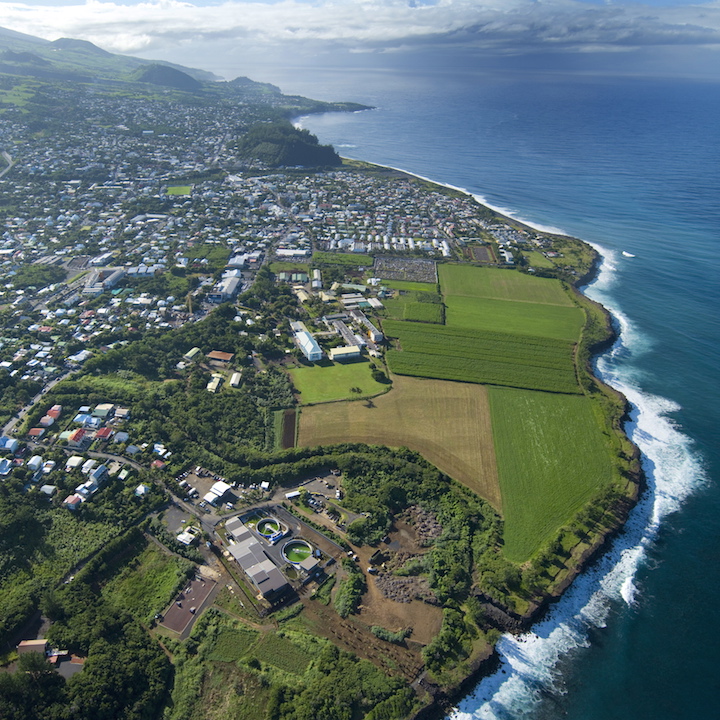
Project participant
Client
CASUD

Key figures
Implementation dates
January 2014 to April 2015
Capacity
18,500 population equivalent, scalable to 37,000



